The Embedded Lending Market is currently characterized by a dynamic competitive landscape, driven by technological advancements and evolving consumer preferences. Key players such as Square (US), PayPal (US), and Klarna (SE) are at the forefront, each adopting distinct strategies to enhance their market positioning. Square (US) has focused on integrating lending solutions directly into its payment processing ecosystem, thereby streamlining access for small businesses. PayPal (US), on the other hand, emphasizes partnerships with e-commerce platforms to offer seamless financing options at checkout, enhancing user experience and driving transaction volumes. Klarna (SE) continues to innovate with its buy-now-pay-later (BNPL) offerings, appealing to younger consumers who prefer flexible payment solutions. Collectively, these strategies not only bolster individual company growth but also intensify competition within the market, as firms vie for consumer attention and loyalty.
The business tactics employed by these companies reflect a broader trend towards localization and optimization of services. The Embedded Lending Market appears moderately fragmented, with numerous players competing for market share. However, the influence of major companies is substantial, as they leverage their technological capabilities and customer bases to establish a competitive edge. This competitive structure encourages innovation and responsiveness to market demands, as smaller firms often seek to differentiate themselves through niche offerings or specialized services.
In August 2025, Square (US) announced a strategic partnership with a leading e-commerce platform to enhance its embedded lending capabilities. This collaboration aims to provide small businesses with tailored financing solutions directly integrated into their sales processes. The significance of this move lies in Square's ability to expand its reach and offer more comprehensive financial services, thereby solidifying its position as a key player in the embedded lending space.
In September 2025, PayPal (US) launched a new feature that allows users to access instant credit at checkout, significantly reducing the friction associated with traditional lending processes. This initiative not only enhances customer convenience but also positions PayPal as a frontrunner in the race for digital payment solutions. The strategic importance of this development is underscored by the growing consumer demand for quick and accessible financing options, which PayPal is now well-equipped to meet.
In July 2025, Klarna (SE) expanded its operations into new European markets, introducing its BNPL services to a broader audience. This expansion reflects Klarna's commitment to capturing market share in regions where demand for flexible payment solutions is on the rise. The strategic importance of this move is evident in Klarna's ability to leverage its established brand reputation while adapting to local market conditions, thereby enhancing its competitive positioning.
As of October 2025, the Embedded Lending Market is witnessing trends that emphasize digitalization, sustainability, and the integration of artificial intelligence. Companies are increasingly forming strategic alliances to enhance their service offerings and improve customer engagement. The competitive landscape is shifting from a focus on price-based competition to one that prioritizes innovation, technological advancement, and supply chain reliability. This evolution suggests that future differentiation will hinge on the ability to deliver unique, value-added services that resonate with consumer expectations.


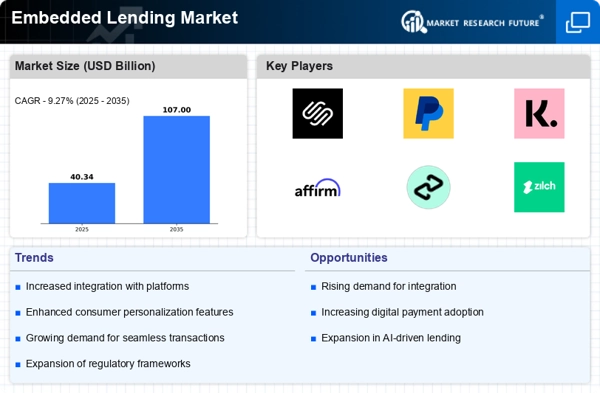
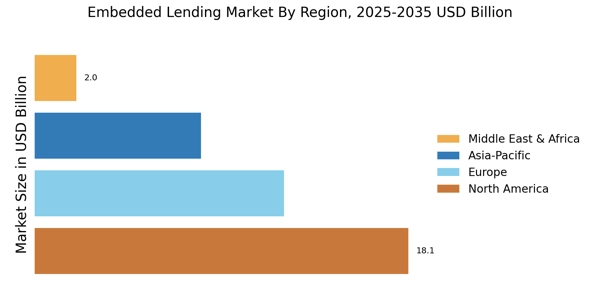
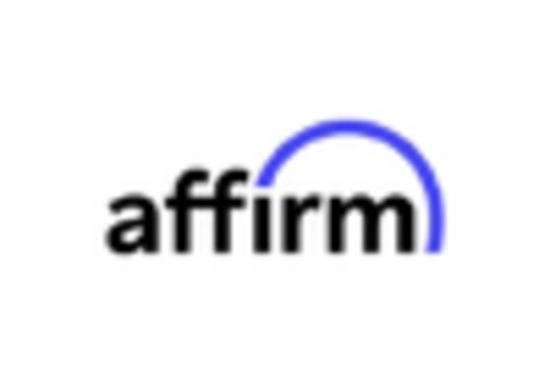

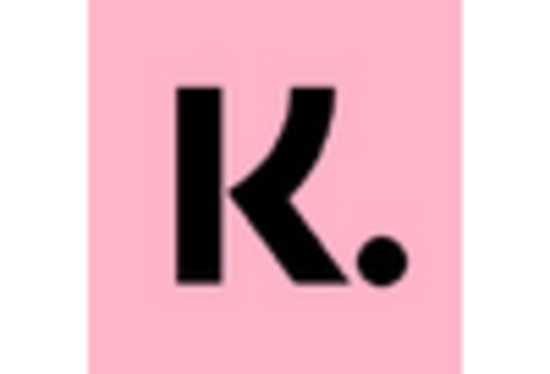
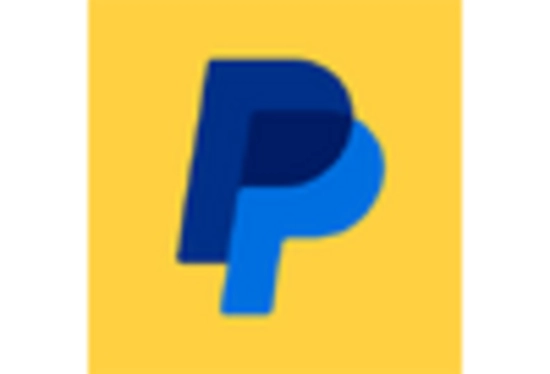

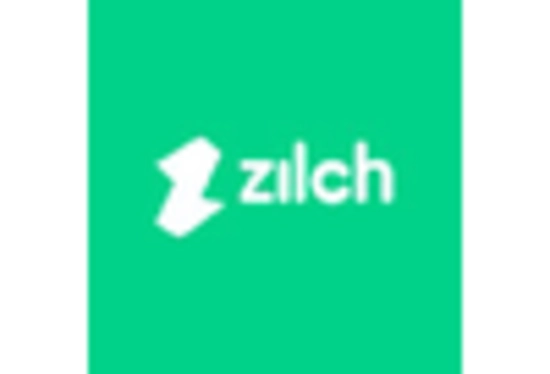








Leave a Comment